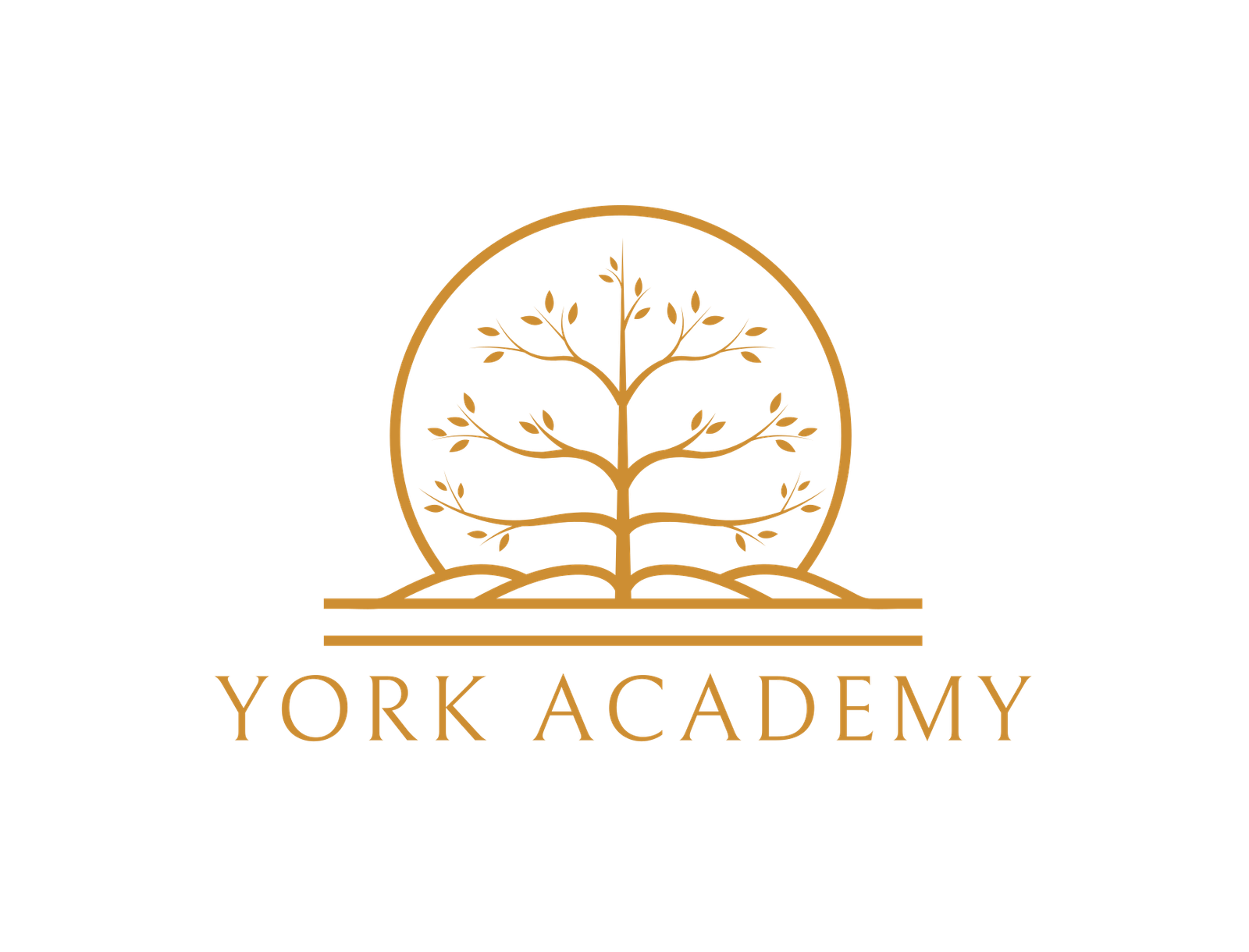As Skocpol’s focus on the ‘‘patriotic partnerships’’ developed in wartime suggests (Skocpol 2003; Skocpol, Munson, Karch, and Bayliss 2002), social mobilization and institutional development can be seen as interactive processes. Dissident move- ments often demand, or indirectly call into being, new or expanded governmental institutions. They may use independent, non-, or bipartisan strategies, or become components of existing major parties, and thereby transform the party itself (Sanders 1999, 104). Once a new policy and its implementing institutions are in place, group demands and coalitional dynamics are themselves shaped by the making and interpretation of rules by public oYcials.
Even the decisions of the US Supreme Court, which many earlier scholars treated as philosopher-kings constructing and disseminating the public philosophies that guided subsequent policy-making at all levels of government, can, from a more historical and developmental perspective, be viewed as reactions to social move- ments and party realignment (Rosenberg 1991; Gates 1992). In a more nuanced and interactive way, the doctrinal landmarks of philosophical regimes deWned and promulgated by the Supreme Court have been described by Ken Kersh (2004) as the culmination of ‘‘a layered succession of . . . spirited ideological and political campaigns’’ in society—a process that is far from linear, but rather (borrowing a Skowronek–Orren term), one marked by ‘‘intercurrence, disharmony, and complexity’’ (Kersh 2004, 18).
As we have seen in the Werce ideological and religious combat of early twenty- Wrst-century US politics, the enshrining of those ‘‘culminating’’ doctrines (like the liberal dicta on abortion, gay rights, and religion) become themselves the provocation around which new social movements form.
‘‘Policy begets politics,’’ as Theodore Lowi put it in 1969, though his focus was on the societal elaboration of clientele supports for developing state institutions— powerful groups and second-level institutions (like the congressional committee and the administrative bureau) that ultimately could ‘‘wag the dog’’ of national policy elaboration. Disdaining the abandonment of institutions by 1950s political science, Lowi pioneered both the ‘‘return to the state’’ and an early formulation of path dependence.
His deWnition of institutions was the legalistic one that most historical institu- tionalists have adopted: institutions for Lowi were not just any set of behavior constraining rules or social norms, but the formal rules and procedures established by the action of governments, and backed, ultimately, by the coercive power of the state. Less interested than his students would be in how and why institutions had been created in the Wrst place, or in the reformers who pressed for new laws and institutions, Lowi urged attention to what happened after institutions are estab- lished, and demanding and sustaining interests become attached to, and evolve in tandem with, the agency.
Perhaps the most closely examined, mutually constitutive relationship between state institutions and social movements is the case of organized labor. Long identiWed as a major determinant of national diVerences in social policy, the strength of labor movements and their relationship with political parties and courts has been a favorite subject of HI scholars. In the United States, with its powerful, independent judiciary, the doctrines handed down by the courts shaped labor’s organizational and political strategies, its language, and its very self- conception (Tomlins 1985; Forbath 1991; Hattam 1993; Robertson 2000). And yet, when and where it could manage to amass suYcient political strength, organized labor might change the law and the personnel on the courts, and even emancipate itself from ancient feudalisms embedded in the common law (Orren 1991).
Racial divisions and animosities among workers have further burdened the politics of American labor, and diminished the political support for social welfare policies. Discriminatory racial norms were frozen in 1930s labor and social policy, their mitigation dependent on presidential political and wartime manpower needs, the slow amassing of voting power in northern cities, and sometimes—in a departure from its constraining role in labor organizational rights—racial accommodation leadership from the federal courts (Mettler 1998; Lieberman 2001; Kryder 2001; Frymer 2003). In Congress, however, disfranchisement of blacks in the south and segregationists’ fears that trade unions would undermine white supremacy led southern Democrats to ally with conservative Republicans and use their institutional power to build an ediWce of labor law that sapped the legal foundations of worker organization in the decade of labor’s greatest membership growth (Katznelson, Geiger, and Kryder 1993; Katznelson and Farhang 2005).
Those who seek to unravel the complex and interactive evolution of parties, unions, cultural norms and ideologies, and state policy are logically drawn to comparative studies of two or more nations. Among the important contributions in this Weld are economist Gerald Friedman’s State-Making and Labor Movements: France and the United States, 1876–1914 (1999), which analyzes and compares labor organizational and partisan strategies, and national government responses in those two countries.
Of course, the marshalling of suYcient empirical evidence to make one’s case will inevitably limit the time period covered, and the fullest understanding of policy paths and policy change can probably be gained by studies that concentrate on single-country experiences, like that of Daniel Tichenor’s (2002) comprehensive HI analysis of social pressures and the twists and turns of US immigration policy in the nineteenth and twentieth centuries; and Jacob Hacker’s (2002) masterful, theoretically original treatise on the development of the peculiar public/private hybrid welfare state that grew up in the USA after the mid-1930s.
Those who ignore history, as the old adages go, are doomed to repeat it . . . as farce and tragedy. Reason enough to learn what we can from the history of institutions. But there are two aspects of political institutions that remain under-explored, and considering their importance, this is both a mystery and a concern. There is a perhaps inevitable modernization focus in HI. The expansion and elaboration of national states is implicitly applauded, and that may account for the minute attention given to deregulation, privatization, devolution, and the other state- shrinking processes of the post-Reagan/Thatcher era which so violate the path dependent assumption. But one area of the state has not shrunk in the United States: the presidency and the war-Wghting bureaucracies. These agencies are now of historically gargantuan size, and the pathological consequences of such un- checked (by internal or external rivals) power are increasingly apparent.
But expanded executive power, control of news, manipulative propaganda, wars of dubious necessity, and the starving of the domestic social and regulatory state to pay for the warfare state—all these conditions have existed in the past, and may be more implicit in the incentive structure of executive power, even in (or perhaps especially in) a democracy. Stephen Skowronek’s The Politics Presidents Make (1997) calls attention to the timeless qualities of executive behavior in a two-party democracy, but lacks a critical perspective on the pathologies that recur in regime cycles (such as the attractiveness of war-making for ‘‘articulating’’ presidents).
That is not a weakness of his analysis, so much as an opening to further reXection on the unanticipated, largely unacknowledged ‘‘moral hazards’’ entailed by the growth of executive power. Changes in the candidate recruitment process that aVect the personal qualities, and group and class ties, of presidents since 1972, and the amassing of enormous military resources and extensive control of infor- mation that accompany the rise of the USA to unrivaled global power, suggest that it may be time for a critical examination of the institution of the presidency, quite apart from the usual attention to the individuals that inhabit it.
Historical institutionalists, then, will not be distracted by wishful thinking about diVerent personalities occupying executive power. If HI teaches us anything, it is that the place to look for answers to big questions about class, power, war, and reform is in institutions, not personalities, and over the longer landscapes of history, not the here and now.




